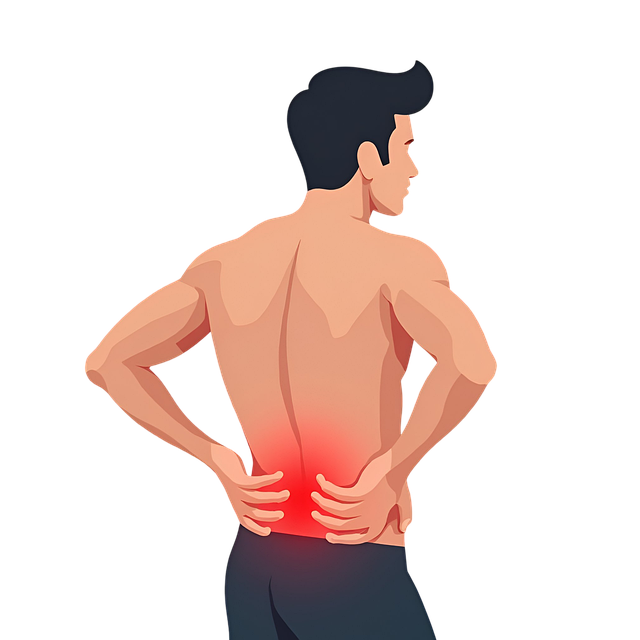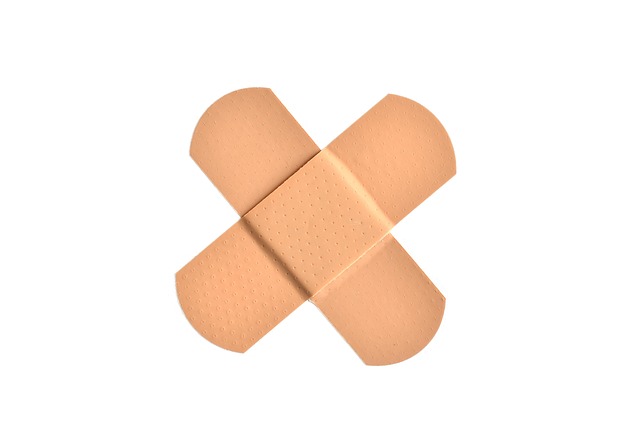Chronic pain, affecting millions globally, is a complex condition caused by various factors. Acupuncture, an ancient Chinese practice, offers a drug-free alternative showing promise in managing back pain, neck pain, migraines, and sciatica through natural inflammation reduction. This technique involves inserting thin needles at specific acupoints to stimulate energy flows, providing safe and effective relief. As a popular option for chronic pain sufferers, acupuncture offers both temporary and long-lasting solutions with minimal discomfort during treatment.
Tired of relying on medication for chronic pain relief? Explore the ancient practice of acupuncture as a natural alternative. This comprehensive guide delves into how acupuncture can alleviate back pain, neck pain, and more. Discover the science behind this time-tested therapy, its numerous benefits for various conditions, and what to expect during treatments. Learn from expert insights on finding qualified acupuncturists and take the first step towards a drug-free, healthier you.
- Understanding Chronic Pain and Its Impact
- Acupuncture: An Ancient Practice for Modern Times
- How Acupuncture Works to Alleviate Pain
- Benefits of Acupuncture for Various Chronic Conditions
- Navigating Acupuncture Treatments: What to Expect
- Finding Qualified Acupuncturists and Next Steps
Understanding Chronic Pain and Its Impact

Chronic pain is a complex condition that affects millions worldwide, often leading to significant physical and emotional distress. It’s defined as pain that persists for months or even years, outlasting the typical healing process. This persistent ache can be a result of various factors, including injuries, conditions like arthritis or fibromyalgia, nerve damage, or even stress and anxiety. When left untreated or improperly managed, chronic pain can drastically impact an individual’s quality of life, making simple daily tasks challenging and hindering their ability to engage in activities they once enjoyed.
The effects of chronic pain extend beyond physical discomfort; it can trigger a cascade of emotional responses, including depression, anxiety, and frustration. Many individuals seeking relief turn to drug-free alternatives, and acupuncture has emerged as a promising treatment option. Studies have shown acupuncture’s effectiveness in managing not only acute but also chronic pain conditions, including back pain, neck pain, migraine, and sciatica, offering a natural and holistic approach to inflammation treatment.
Acupuncture: An Ancient Practice for Modern Times

Acupuncture, an ancient practice that originated in China thousands of years ago, has found its place as a modern alternative for managing chronic pain. This traditional method involves inserting thin needles at specific points on the body to stimulate and restore balance to energy flows known as meridians. While it may seem unconventional, acupuncture is gaining recognition worldwide as a safe and effective treatment for various conditions, including back pain, neck pain, migraine headaches, and even inflammation-related joint pain.
In today’s world, where many individuals seek drug-free pain relief options, acupuncture offers a natural approach to healing. By targeting specific acupoints, practitioners can help alleviate discomfort, reduce inflammation, and promote the body’s inherent ability to heal itself. As modern research continues to explore and validate its benefits, chronic pain sufferers are discovering that acupuncture therapy provides not only temporary relief but also a long-lasting solution for managing their conditions effectively.
How Acupuncture Works to Alleviate Pain

Acupuncture works by stimulating specific points on the body, typically using thin needles inserted into the skin. This technique activates the nervous system, which releases natural painkillers and anti-inflammatory substances. By targeting these key areas, acupuncture can effectively alleviate chronic pain associated with conditions like back pain, neck pain, and sciatica. It offers a drug-free inflammation treatment alternative, making it an appealing option for those seeking non-opioid pain relief.
The needles used in acupuncture are incredibly thin and flexible, causing minimal discomfort during insertion. Once placed, they may be gently manipulated or left in position to promote healing. This ancient practice has been studied extensively, demonstrating its effectiveness in managing various types of pain. Many patients report significant improvements after just a few sessions, making acupuncture a powerful tool for those looking to embrace natural remedies for their chronic pain conditions.
Benefits of Acupuncture for Various Chronic Conditions

Acupuncture has gained significant attention as a drug-free approach to managing chronic conditions, offering relief for individuals seeking alternative treatments. This ancient practice involves inserting thin needles into specific points on the body, stimulating natural healing responses and promoting balance in energy flow. One of its most notable benefits is its effectiveness in alleviating chronic pain, including back, neck, and joint pain.
For conditions like sciatica, where inflammation and pain radiate along the sciatic nerve, acupuncture has shown promising results. It can also target specific areas to reduce joint pain and inflammation, providing a natural alternative to medication. Many patients report significant improvements in mobility and a reduced reliance on painkillers after incorporating regular acupuncture sessions into their routines.
Navigating Acupuncture Treatments: What to Expect

Navigating Acupuncture Treatments: What to Expect
For those seeking drug-free chronic pain acupuncture is a promising alternative. When it comes to managing back pain, neck pain, or even migraine acupuncture has been shown effective in reducing inflammation and providing significant relief. During your first session, an experienced acupuncturist will conduct a thorough assessment of your symptoms, medical history, and lifestyle. They’ll identify specific acupuncture points related to your pain and insert fine needles into these targeted areas. You may feel a tingling or dull sensation, but no pain is typically associated with the process. Each treatment builds upon the previous one, focusing on addressing the root cause of your chronic pain rather than just masking symptoms.
Over multiple sessions, you’ll likely experience gradual relief as acupuncture promotes natural healing and enhances your body’s ability to manage pain. Between treatments, it’s crucial to maintain a healthy lifestyle with proper nutrition, regular exercise, and stress management techniques. These complement the acupuncture by strengthening your body’s response to treatment, offering a holistic approach to achieving non-opioid pain relief for back pain, neck pain, and beyond.
Finding Qualified Acupuncturists and Next Steps

When considering chronic pain acupuncture as a solution for back pain, neck pain, or other conditions, finding qualified acupuncturists is paramount. It’s crucial to look for practitioners who are licensed and certified by recognized organizations in your area. Online reviews from previous patients can offer valuable insights into their experiences and the effectiveness of treatment. Many reputable acupuncturists also have websites where they detail their approach, certifications, and success stories.
Next steps involve scheduling an initial consultation to discuss your symptoms, medical history, and goals. During this meeting, a qualified acupuncturist may perform a physical examination, ask detailed questions about your pain levels and duration, and even recommend diagnostic imaging if necessary. They will create a personalized treatment plan focusing on reducing inflammation, alleviating sciatica acupuncture (in the case of leg pain), and providing joint pain therapy for overall mobility improvement. This holistic approach aims to address the root causes of chronic pain rather than merely masking symptoms.
